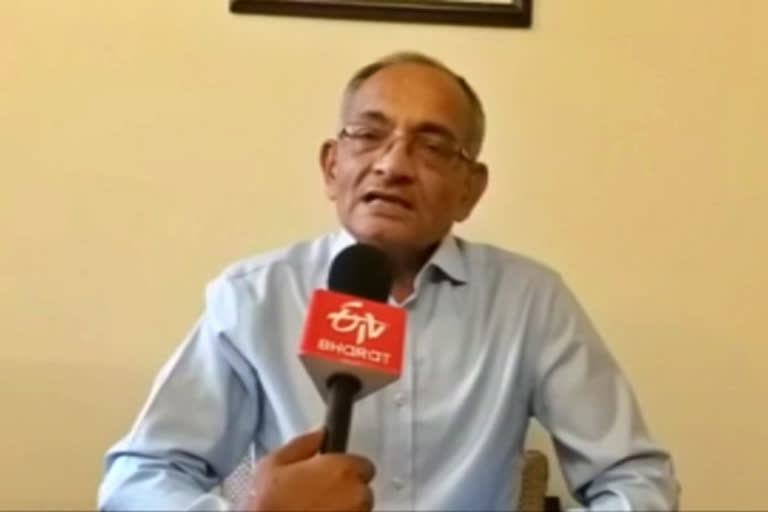New Delhi: “Saab, please write something about us too. When will we be part of the Army?” a gangly young Assam Rifles (AR) jawan asked imploringly. Thousands of km away from his home in Punjab, he was manning a checkpoint barrier on a stretch of the sensitive Imphal-Moreh road in Manipur.
The Indian Army on Friday made a presentation to the Defence Minister Rajnath Singh seeking control over the Assam Rifles (AR).
‘Strange’ could well be the middle name of the 184-year-old AR, India’s oldest paramilitary force which was first called ‘Cachar Levy’. What makes it a rather odd entity in India’s security architecture is that it has two masters—the home ministry at Delhi’s North Block exercises administrative control over it while the defence ministry at South Block maintains the operational control.
Simply put, it means being dependent on the home ministry for salaries and service conditions but being controlled by the Army in the discharge of duties which mainly involves undertaking security operations. With this dual control, the catastrophic implications on the security aspect can well be imagined where even a split second counts at the Ground Zero of Northeast insurgency. This has also resulted in problems without solutions in the cesspool of India’s Kafkaesque bureaucracy.
It will now be the Union Cabinet Committee on Security (CCS) that will decide which ministry will exercise both the administrative and the operational control of the force.
Trained and equipped exactly like an Indian Army infantry battalion, historically, the AR has been an adjunct of the Indian Army, having fought hand in hand with the Army in 1962, 1965, 1971, in Sri Lanka and in Kashmir.
A former AR director-general, on condition of anonymity, said: “if it happens, it will be an excellent move. We expect AR to react like the army but treat them below par the army”.
“For instance, from a rifleman to a hawaldar, it takes a minimum of 19 years of service in AR. On the other hand, it takes 12-15 years for an army jawan to become a hawaldar and after 19-20 years, he is looking at a junior commissioned officer rank.”
“Under the home ministry, the AR is taken as a border guarding force with a friendly neighbouring country. Myanmar may be a friendly country but there are about 55 camps across the border that are operated by unfriendly insurgent groups that are well equipped and well trained. There is a need for a force that can stand and fight. The AR can do that,” the former AR chief said.
Till recently, AR personnel were entitled to the Central Government Health Scheme (CGHS), facilities for which are very poor in the Northeast, from where the majority of the AR veterans hail from.
There is no ‘cool’ posting for the AR, it is invariably in the conflict zones or in the insurgency-hit international border with Myanmar and a small part with Bangladesh across Tripura. It is also the only paramilitary force that doesn’t have its headquarters in the national capital—it is in Shillong.
Set up with just 750 men tasked with the protection of British tea gardens and protection of British settlements against raids by the tribes, AR now comprises about 55,000 men in its 46 battalions. Its mandate remains two-pronged—counter-insurgency in restive Northeast India states and guarding the border.
Ninety per cent of the AR officers are Army officers on a two-year deputation. And by the time they settle down to the nitty-gritty of the job, they are reverted to the Army postings.
While the force is under the overall command of a director-general who is a lieutenant general rank Army officer, the next in the chain of command are major general rank Army officers while the sectors are under brigadier level officers. In the past, the recruitment to the ranks was mainly from among the people of the Northeastern states, but now it has been opened up to all.
In the past, the AR was put under the home ministry on the premise that it discharged internal security functions and keeping the ‘one border one force’ principle in mind. But with the Army taking over the counter-insurgency apparatus in the region, the Assam Rifles was made to operate under the Northeast-based 3 Corps or 4 Corps for better coordination and efficacy.
It is also believed that as Army men retire much early compared to paramilitary troopers, the energy and vigour of the youth could be put to better use.
Also read: FATF pressure off its shoulders, Pak might up ante against India



